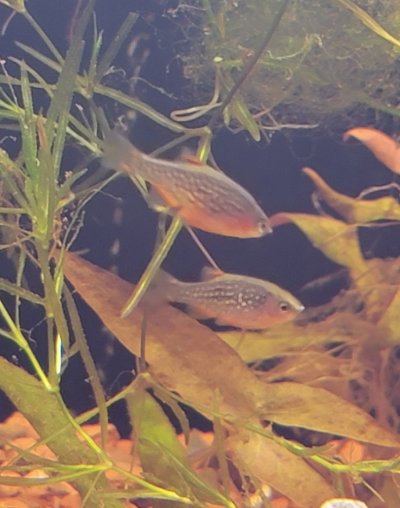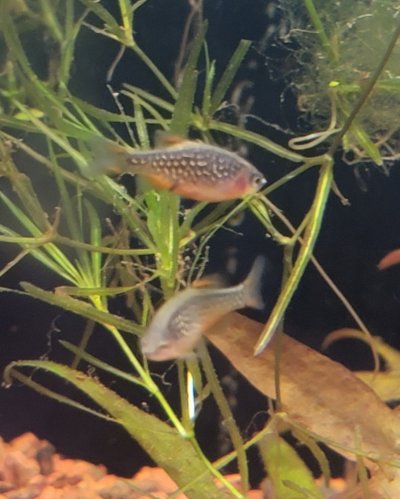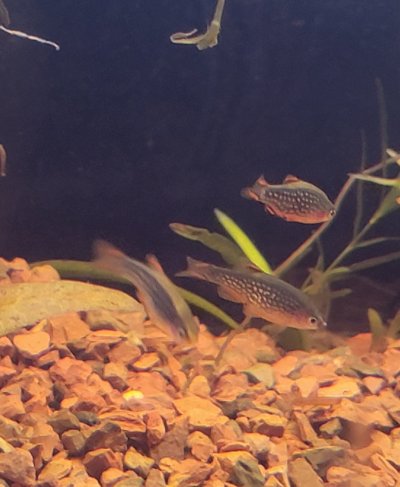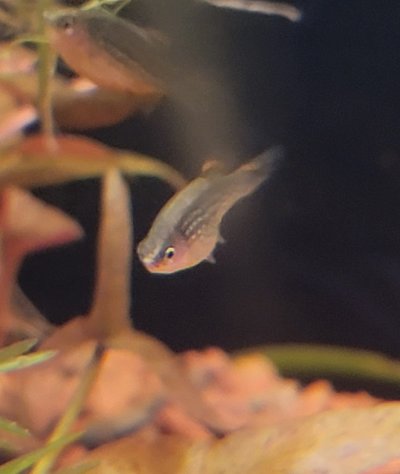Ok so to start off. I sorta new to the hobby. Kept betta fish for years but ive been lucky so the only probem i have run into so far has been fin rot. This is a whole new senario. So I have this 20 gallon that's been up for a couple of months using media from an establishehed tank. Good amout of live plants in there. Been dealing with some algea problems but working on getting that all balanced out. It's been very stable after the first few weeks. But I noticed today that the celestial pearl danios I have in there have a little white spot on their bottom lips. I think every one but one has it. They are so stinking tiny and fast its super hard to get a real good look at it. I think I might look fuzzy? This is the part I might be over thinking it but I kinda looks like their gills are more red than usual too. There is a slight film on the top of the tank too. I removed it all a couple days ago but it's back. Had one die right when I got them but everyone has been fine since then. All fish still very active and eating. I have a hospital tank I can set up but I have no clue what to put in it. Ammonia and nitrite is zero and my nitrate is barely above zero. Please help! I have been scrolling through Google and half the post say they are gonna die and I'm freaking out! Tried to get some photos but they are really fast. 





